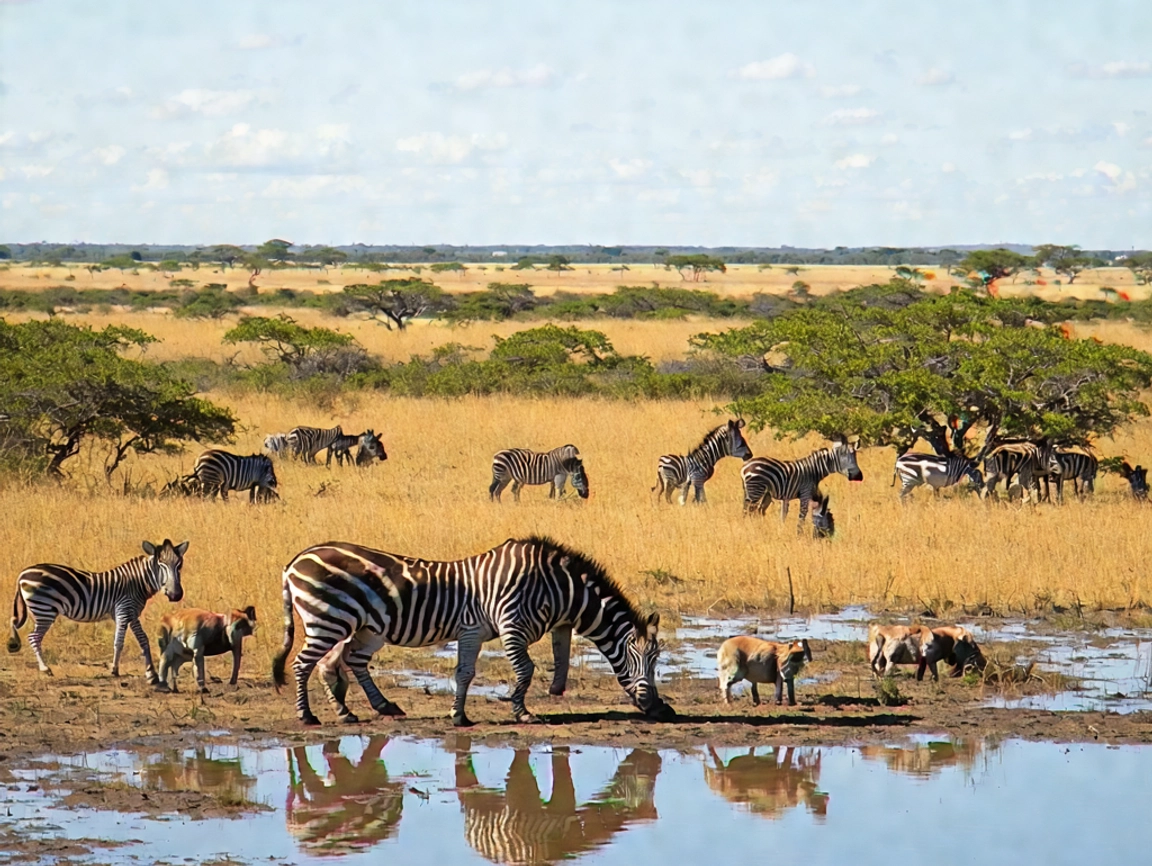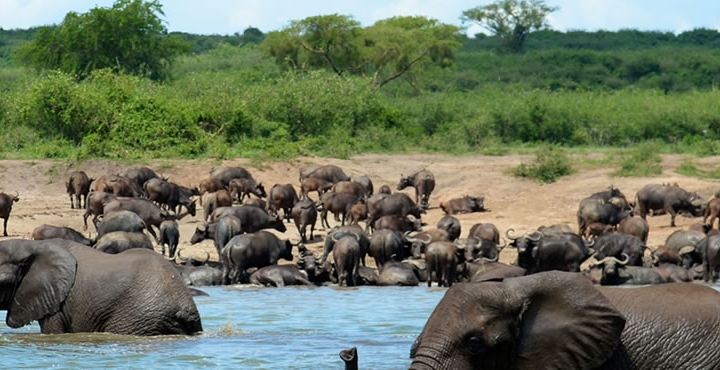
Embarking on an African safari is a dream for many, offering an unparalleled opportunity to witness the continent’s diverse wildlife and breathtaking landscapes. However, to make the most of this once-in-a-lifetime experience, timing is crucial. Understanding the best times to visit can enhance your safari adventure, ensuring you encounter the vibrant ecosystems at their peak.
Understanding Africa’s Seasons
Africa’s vastness means that its climate varies significantly across regions. Nevertheless, the continent generally experiences two main seasons: the dry season and the wet season. Each season offers unique advantages, influencing wildlife visibility and overall safari experience.
The Dry Season: Prime Wildlife Viewing
The dry season, typically from June to October, is often considered the best time for an African safari. During these months, water sources become scarce, drawing animals to rivers and waterholes, making them easier to spot. The sparse vegetation also means that animals are less camouflaged, providing excellent opportunities for photography.
In East Africa, particularly in Kenya and Tanzania, the dry season coincides with the Great Migration. Witnessing thousands of wildebeest and zebras journeying across the plains is a spectacle not to be missed. Similarly, Southern Africa, including countries like Botswana and South Africa, offers exceptional game viewing as animals congregate around remaining water sources.
The Wet Season: A Burst of Life
While the dry season is popular, the wet season, from November to May, has its own allure. This period sees the African landscape transformed into a lush, green paradise. The wet season is also the birthing season for many animals, providing a chance to see newborns taking their first steps.
Bird enthusiasts will find the wet season particularly rewarding as migratory birds arrive in droves, adding vibrant colors and melodious songs to the environment. Additionally, the landscapes during this time are spectacular, with dramatic skies and blooming flora creating perfect backdrops for photography.
Shoulder Seasons: A Balance of Both
For those seeking a balance, the shoulder seasons—April to June and September to November—offer a blend of both worlds. During these transitional periods, you can enjoy moderate weather, fewer crowds, and a mix of wildlife sightings. These months can also be more budget-friendly, as they are considered off-peak times for tourism.
Regional Considerations
When planning your safari, it’s essential to consider the specific region you wish to visit, as weather patterns can vary. For instance, East Africa’s equatorial climate means that it experiences its wet season in two parts: the short rains (November to December) and the long rains (March to May). In contrast, Southern Africa’s wet season generally spans from November to March.
Tips for Planning Your Safari
– Research your destination: Each African country offers unique experiences, from the savannas of the Serengeti to the wetlands of the Okavango Delta. Understand the peak wildlife events and climate conditions of your chosen destination. – Book in advance: Safaris are popular, especially during peak seasons, so booking early ensures better availability and prices.
– Consider your interests: Whether you’re interested in big game, birdwatching, or photography, tailor your safari experience to match your interests and the best times to pursue them.
Conclusion
Choosing the best time for an African safari depends on your interests and the experiences you seek. Whether you opt for the bustling wildlife of the dry season, the vibrant landscapes of the wet season, or the tranquil beauty of the shoulder seasons, Africa’s natural wonders promise an unforgettable adventure. Plan wisely, and let the magic of the African wilderness unfold before your eyes.



